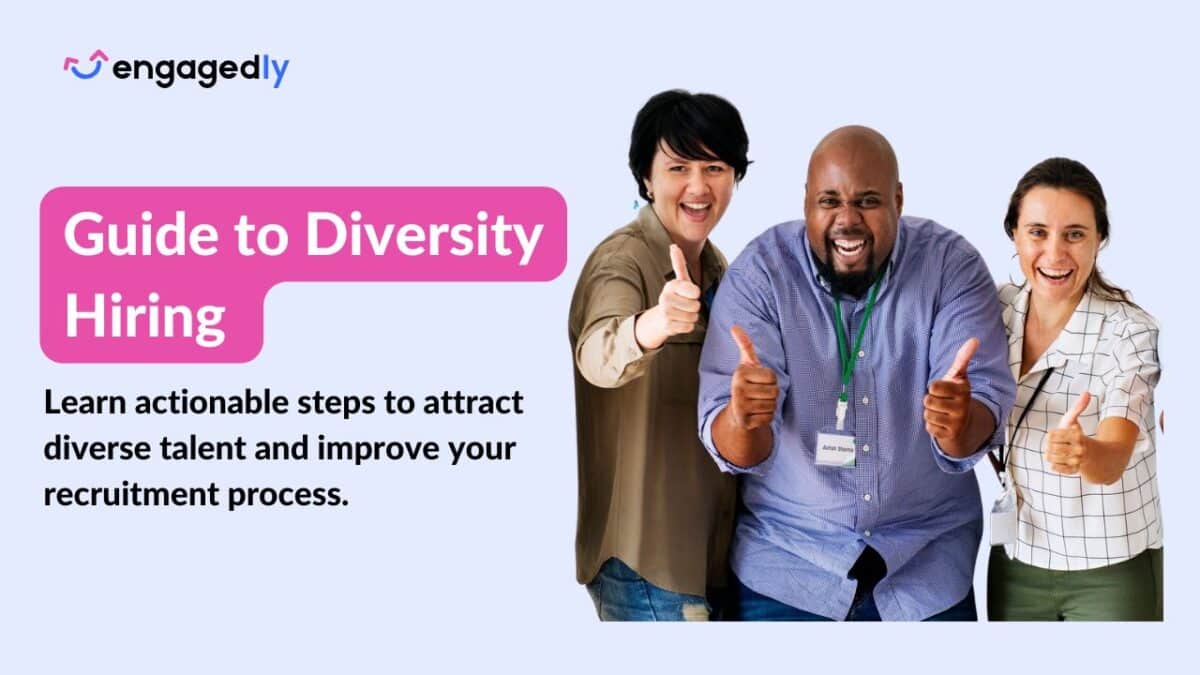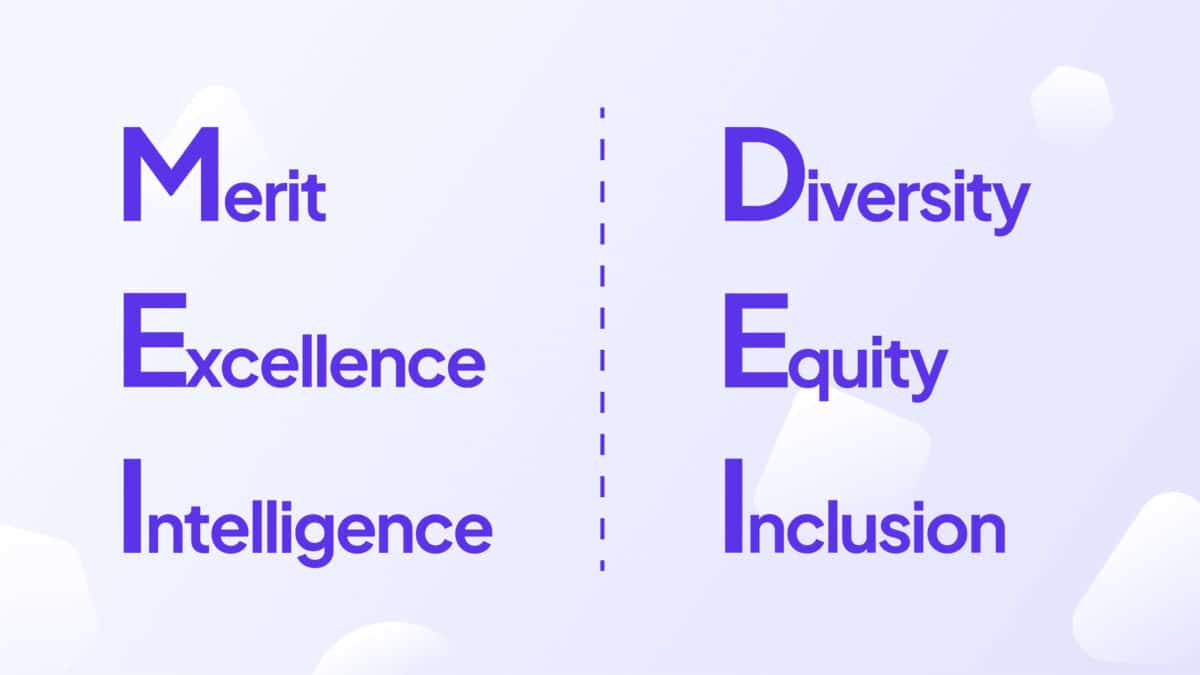Every March 8th, corporate social feeds light up with hashtags celebrating women. But what happens when the confetti settles? The slogans fade, the branded merchandise collects dust, and the conversations about equality retreat to the shadows. For HR leaders and C-suite executives, this raises an uncomfortable truth: Are we using International Women’s Day as a veil to avoid the harder, ongoing work of equity?
If empowerment is reduced to a marketing tactic, brands risk becoming part of the problem. The real challenge—and opportunity—lies in weaving gender equity into the fabric of your organization’s identity. Not just for a day, but as a living, breathing part of your culture, operations, and brand narrative.
The Silent Cost of Seasonal Support
Imagine a workplace where women are celebrated in March but overlooked for promotions in April. Or a brand that champions female leadership in ads but lacks women in its C-suite. These contradictions erode trust—not just externally with customers, but internally with employees.
What does it say about your organization if “empowerment” only surfaces when the calendar demands it?
True empowerment isn’t a campaign—it’s a commitment. It requires asking uncomfortable questions:
- How do your hiring practices, pay structures, and leadership pipelines actively uplift women year-round?
- Does your brand’s external messaging about equality align with the daily experiences of women inside your company?
- Are you willing to dismantle systems that quietly perpetuate inequity, even if it disrupts the status quo?
Branding as a Mirror (Not a Megaphone)
Your brand is a reflection of who you are, not just what you say. When it comes to women’s empowerment, stakeholders—employees, customers, investors—are no longer satisfied with lip service. They demand proof.
Consider companies like Patagonia, which built its brand around environmental activism by living its values (e.g., childcare subsidies, flexible work for parents). Or Dove, whose “Real Beauty” campaign evolved into a decade-long push to redefine industry standards. These brands didn’t just talk—they rewired their operations to match their messaging.
What invisible structures in your organization undermine your public commitment to women?
Could your employees confidently say, “This brand empowers women,” without rolling their eyes?
Building a Brand That Doesn’t Just Speak—But Acts
To move beyond performative allyship, embed empowerment into every layer of your organization:
- Rewrite the Rules of Recognition
- Do your performance reviews penalize women for “assertiveness” while rewarding men for the same trait?
- How might you redefine leadership qualities to value empathy, collaboration, and emotional intelligence—traits often sidelined in traditional corporate structures?
- Design Safe Spaces for Uncomfortable Conversations
- What barriers prevent women from speaking up about microaggressions or systemic bias?
- Are leaders trained to listen without defensiveness when employees critique company culture?
- Turn Products and Services into Platforms for Change
- Could your supply chain prioritize women-owned businesses?
- Does your marketing subtly reinforce stereotypes (e.g., “pink” products for women) or challenge them?
- Foster Intergenerational Accountability
- How are junior female employees mentored—and are they empowered to mentor senior leaders in return?
- Does your succession planning prioritize diverse leadership, or default to legacy hierarchies?
Conclusion: The Unseen Work of Empowerment
Real change happens in the quiet moments: the meeting where a junior employee’s idea is amplified, the policy that eliminates bias in promotions, the ad campaign that refuses to tokenize women. It’s not glamorous, but it’s transformative.
What if your brand became known not for what it says on March 8th—but for what it does on every other day?
Gabby Davis
Gabby Davis is the Lead Trainer for the US Division of the Customer Experience Team. She develops and implements processes and collaterals related to the client onboarding experience and guides clients across all tiers through the initial implementation of Engagedly as well as Mentoring Complete. She is passionate about delivering stellar client experiences and ensuring high adoption rates of the Engagedly product through engaging and impactful training and onboarding.






